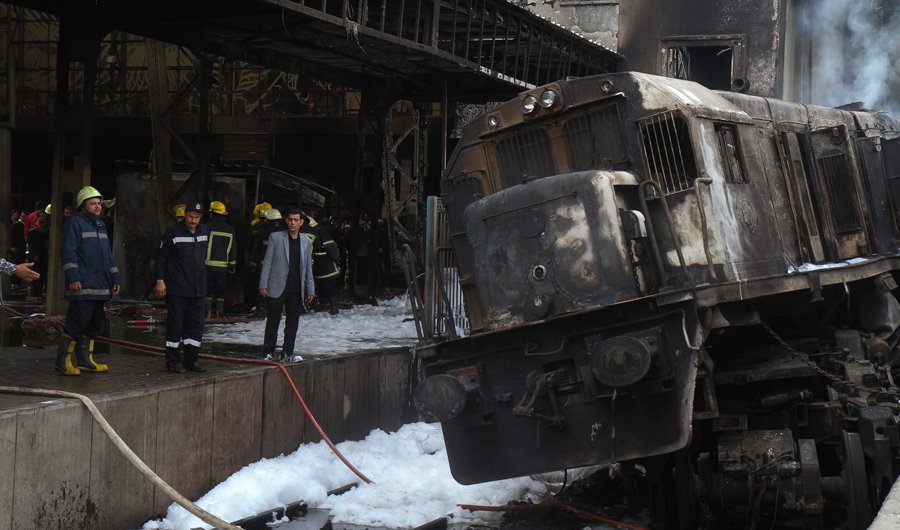Accidents occur on roads, freeways, and railroads. But, subway accidents are different from car accidents in terms of seeking financial compensation for injuries. Whether or not a victim of a train accident may recover damages in a lawsuit usually depends on the kind of accident and the relationship between them and the railroad. Often, these factors determine the duty the railroad owed to the victim and the laws that govern the lawsuit. Because of the complexity of railroad injury law, victims must consult railroad lawyers with train accident experience. The following are the different types of railroad accidents:
Accidents that Happen in Railroad-Highway Crossings
An individual who sustained injuries or was killed at a crossing may have a claim for negligence against the railroad. In general, negligence happens when a party fails to exercise reasonable care to protect others from foreseeable dangers. Although trains have a superior right of way to vehicles, railroads need to use reasonable care under the circumstances of the crossing. The state or federal agency that has control over the roadway that crosses the railroad tracks may share the duty of care. Ultimately, damage recovery will depend on the specific facts of the accident and the law that applies.
Accidents Involving Passengers
Railroads, being common carriers, should use the highest degree of care and diligence to protect their passengers. For instance, they need to protect passengers from hazards in passenger compartments, while boarding and unloading, and between railroads. They even have the duty to protect passengers from harmful acts by third parties such as attacks by other passengers. Moreover, railroads face possible liability for passenger injuries or deaths that result from train derailments if the equipment was not properly operated or maintained.
Accidents that Involve Railroad Workers
The liability of the majority of railroad workers for work-related injuries sustained or occupational diseases contracted is governed by the Federal Employers Liability Act or FELA. But, employee recovery of money benefits under the law depends on railroad negligence or fault, having contributed to the injury. For injured employees to recover under the Act, the railroad doesn’t need to be the only cause of the injury. Recovery is possible as long as the railroad contributed to the injury or disease.
Usually, injured railroad workers have three years from the date of their injury or the discovery of an industrial disease to file a FELA case. This means that they need to consult a lawyer with experience in FELA litigation right after a work-related accident.





